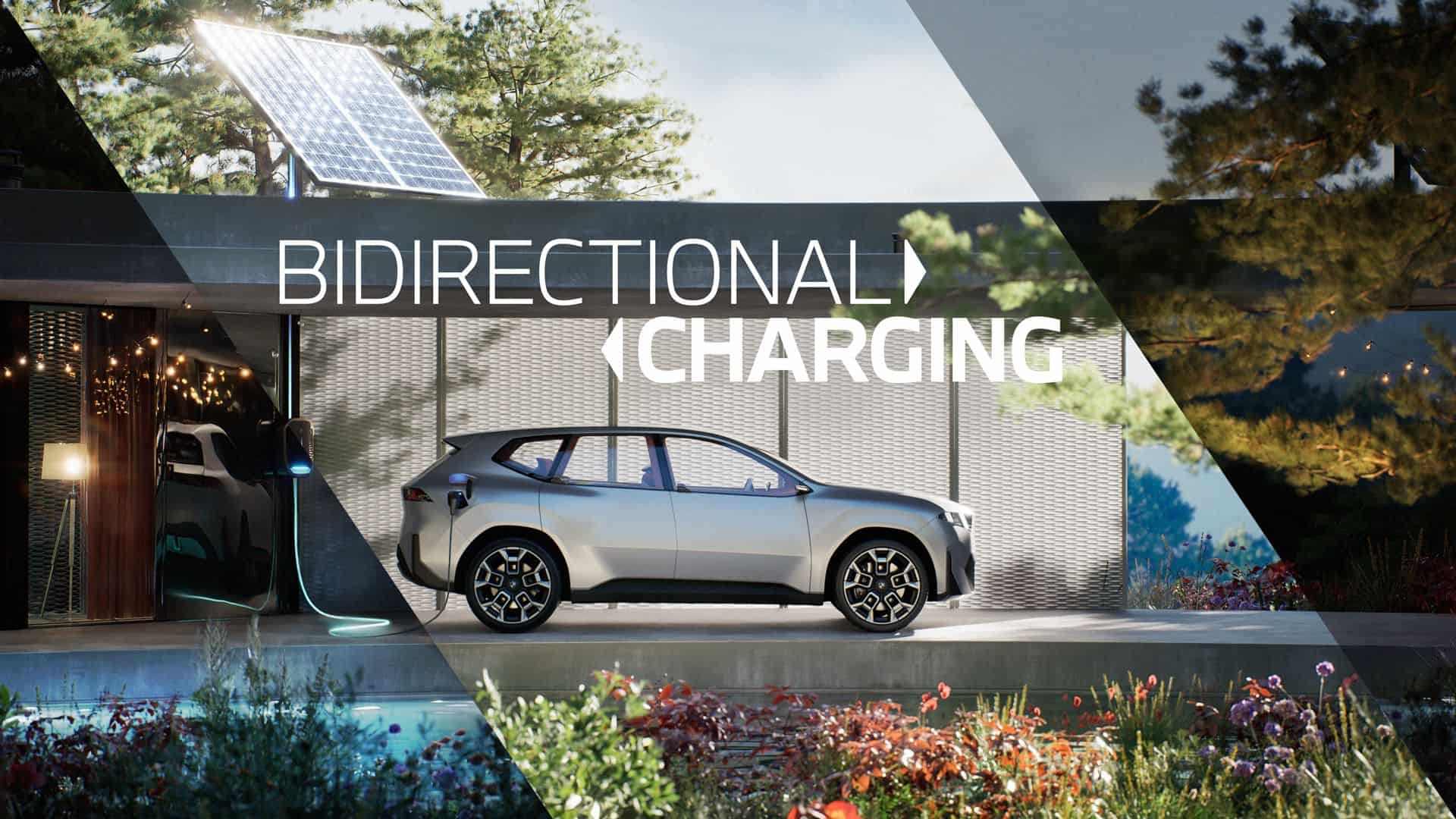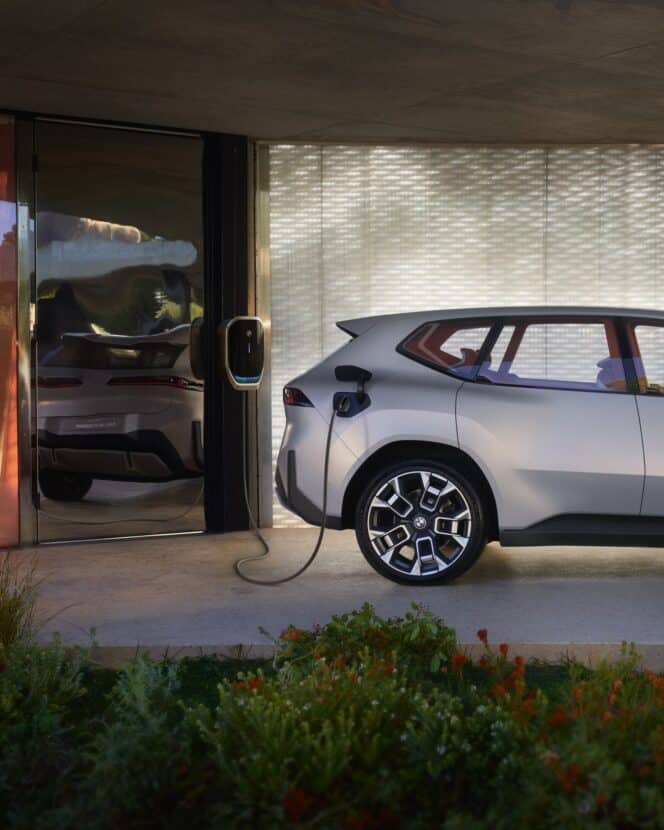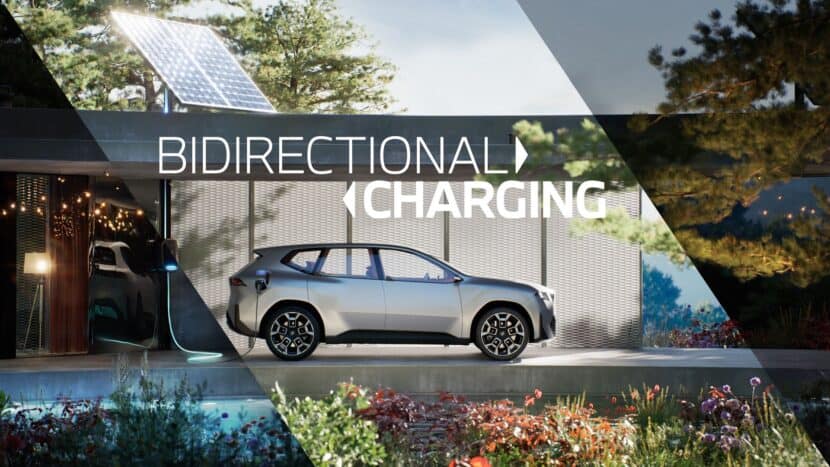BMW has announced today that its upcoming Neue Klasse models, slated for a 2025 release, will feature bidirectional charging technology. This new feature will enable the vehicles not only to recharge their batteries but also to supply electricity back to the power grid or directly to devices.
Frank Weber, a member of the Board of Management of BMW AG responsible for Development, emphasized the company’s commitment to enhancing its charging solutions. “With the Neue Klasse, we are taking the next step towards bidirectional charging, fully integrated into our comprehensive charging ecosystem,” Weber stated. This integration aims to optimize home charging and reduce costs by allowing customers to feed electricity back into the grid. “Starting this summer, we will be offering cost-optimized charging together with our partner E.ON in a number of markets,” says Weber.
BMW says the bidirectional charging technology encompasses several functionalities, including “Vehicle to Home,” “Vehicle to Grid,” and “Vehicle to Load.” These features not only enhance the utility of electric vehicles as energy providers but also ensure that mobility needs remain a priority. Additionally, through the My BMW App, BMW states that customers will have complete control over their vehicle’s energy management, ensuring a seamless and intuitive experience.
Vehicle to Home
In its early phase, the bidirectional charging technology will allow users to transform their vehicle’s high-voltage battery into a fixed energy storage unit. This means that the eco-friendly electricity produced by the user’s solar panels can be temporarily stored in the vehicle’s battery via the BMW DC Wallbox Professional.
Vehicle to Grid
In the next phase of bidirectional charging, customers will have the option to share a part of their battery’s storage capacity with external sources. This capacity could be utilized to both draw from and supply to the power grid. BMW’s partnership with E.ON facilitates entry into the energy market, requiring customers to opt for E.ON’s dynamic electricity tariff. E.ON, in collaboration with BMW’s backend systems, will oversee the charging and discharging processes, enabling customers to earn from the exchange of energy. The availability of this feature across different markets is contingent upon the implementation of requisite regulatory frameworks.
Vehicle to Load
The vehicle to Load function allows energy stored in the vehicle to be used for powering external electrical equipment. This means the Neue Klasse can double as a form of mobile power bank for charging an e-bike, for example, or supplying energy to electrical equipment while camping.
The Competition
Along with BMW, Volvo, and Porsche are currently evaluating this feature. Tesla has announced that by 2025, all its vehicles will be capable of bidirectional charging. General Motors is also set to include Vehicle-to-Home (V2H) charging as a standard feature, starting with some 2024 models.







































































